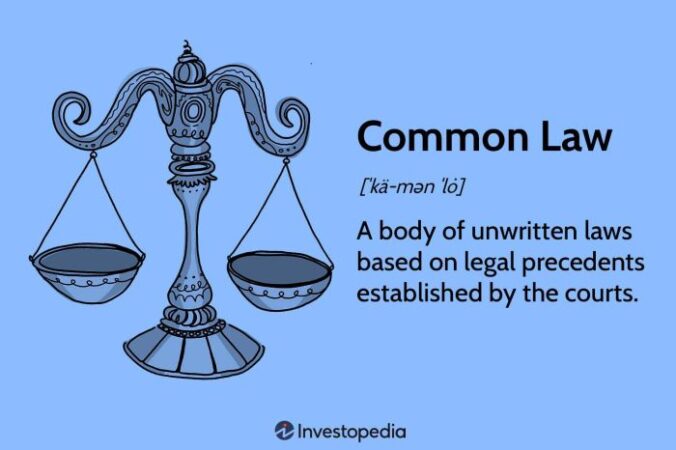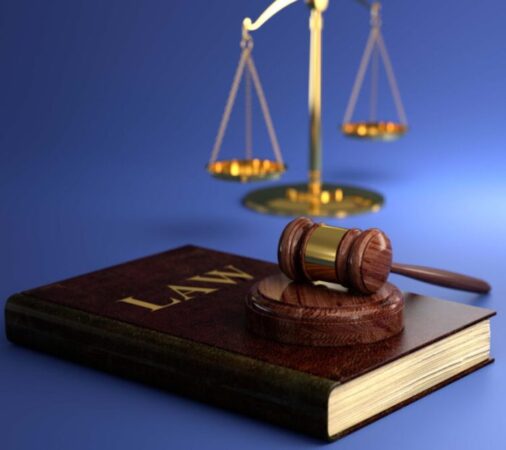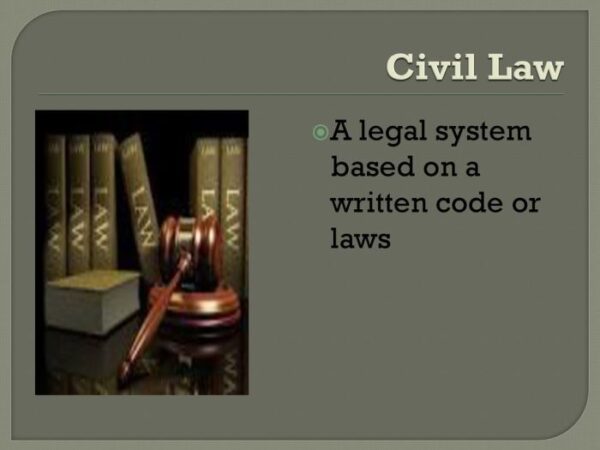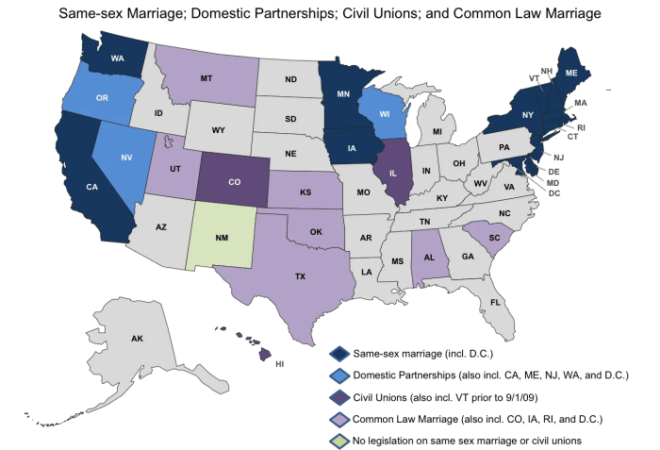
What is a precedent in law sets the stage for this enthralling narrative, offering readers a glimpse into a story that is rich in detail and brimming with originality from the outset. The concept of precedent, a cornerstone of legal systems, acts as a guiding principle, shaping legal decisions and ensuring consistency in the application of the law. It’s a fascinating journey through the history of legal reasoning, where past rulings influence present and future judgments.
Imagine a world where every legal case was decided anew, without any reference to past rulings. Chaos would reign supreme, and the legal system would lack the stability and predictability essential for a fair and just society. Precedent, however, provides a framework for legal decision-making, allowing judges to draw upon the wisdom of past rulings and ensure that similar cases are treated in a similar manner.
Definition of Precedent in Law
The concept of precedent, also known as stare decisis, is a fundamental principle in common law legal systems. It essentially means that courts are bound to follow decisions made in previous cases that are similar to the one before them. This principle ensures consistency and predictability in the application of the law, contributing to a fair and just legal system.
Role of Precedent in Legal Systems
Precedent plays a crucial role in shaping the development and application of law in common law jurisdictions. It provides a framework for legal decision-making, ensuring that similar cases are treated similarly. This consistency promotes fairness and predictability, allowing individuals and businesses to anticipate the legal consequences of their actions.
Examples of Precedent Influencing Legal Decisions
- In the landmark case of Brown v. Board of Education (1954), the Supreme Court ruled that racial segregation in public schools was unconstitutional. This decision overturned the precedent set in Plessy v. Ferguson (1896), which had upheld the “separate but equal” doctrine. The Brown decision established a new precedent that has had a profound impact on civil rights law in the United States.
- In the United Kingdom, the case of Donoghue v. Stevenson (1932) established the “neighbor principle,” which holds that individuals have a duty of care to avoid acts or omissions that could reasonably be foreseen to injure their neighbors. This precedent has been applied in countless cases involving negligence and product liability, shaping the development of tort law.
Consistency and Predictability in the Legal System
Precedent contributes to consistency and predictability in the legal system by providing a framework for legal decision-making. By adhering to previous rulings, courts ensure that similar cases are treated similarly, regardless of the specific parties involved or the time period. This consistency promotes fairness and allows individuals and businesses to anticipate the legal consequences of their actions, fostering stability and predictability in the legal system.
Types of Precedent
Precedent plays a crucial role in shaping legal decisions, and understanding its different types is essential to grasping its influence on legal outcomes. Precedents can be categorized based on their binding or persuasive nature, influencing the weight they carry in legal reasoning.
Binding Precedent
Binding precedent refers to decisions made by higher courts that lower courts are obligated to follow. This principle, known as *stare decisis*, ensures consistency and predictability in the application of the law. When a lower court faces a case similar to one already decided by a higher court within the same jurisdiction, it must adhere to the previous ruling. This practice fosters stability and fairness in the legal system.
Persuasive Precedent
Persuasive precedent, on the other hand, stems from decisions made by courts outside the current jurisdiction or from lower courts within the same jurisdiction. These precedents are not binding but can still influence the decision-making process. Judges may consider persuasive precedent when grappling with novel legal issues or when seeking to support their reasoning with a broader range of perspectives.
- Decisions from other jurisdictions: Judges may look to decisions made in other states or countries, especially when dealing with issues not yet addressed within their own jurisdiction. For example, a judge in California might consult a precedent from New York if there is no California case directly on point.
- Decisions from lower courts: While lower court decisions are not binding, they can be persuasive, particularly if they offer insightful analysis or compelling arguments. Judges may consider such decisions when seeking to understand different interpretations of the law or to strengthen their own reasoning.
Comparison of Binding and Persuasive Precedent
| Characteristic | Binding Precedent | Persuasive Precedent |
|---|---|---|
| Source | Higher courts within the same jurisdiction | Courts outside the current jurisdiction or lower courts within the same jurisdiction |
| Obligation | Must be followed | Not legally required to be followed |
| Weight | Strongest influence on legal decisions | May be considered but not binding |
| Example | A decision by the Supreme Court of the United States is binding on all lower federal courts | A decision by a state court in California could be persuasive for a judge in Nevada but is not binding |
How Precedent is Established: What Is A Precedent In Law
Legal precedent, also known as stare decisis, is a fundamental principle in common law jurisdictions. It ensures consistency and predictability in the application of the law. The process of establishing precedent involves a series of steps, with courts and judges playing a crucial role.
The Role of Courts and Judges
Courts are responsible for interpreting and applying the law. When a case is presented before a court, the judge will review the relevant laws and previous rulings to determine the outcome. If there is no existing precedent, the judge may create a new precedent by issuing a ruling.
Previous rulings and decisions are crucial in the development of precedent. When a court makes a decision, it sets a precedent for future cases with similar facts and legal issues. This ensures that the law is applied consistently and fairly.
Landmark Cases and Precedent
Landmark cases are significant legal cases that have established important legal precedents. These cases often involve novel legal issues or have a far-reaching impact on the law.
For example, the landmark case of Brown v. Board of Education (1954) overturned the “separate but equal” doctrine, which had allowed racial segregation in public schools. This decision established a new precedent that prohibited racial discrimination in education and had a profound impact on American society.
Another landmark case is Roe v. Wade (1973), which established a woman’s right to abortion. This decision, which remains highly controversial, has had a significant impact on the legal landscape surrounding abortion rights in the United States.
Landmark cases often involve complex legal issues and can have a lasting impact on the law. They serve as a reminder of the importance of precedent in ensuring consistency and fairness in the application of the law.
Exceptions to Precedent
While the doctrine of stare decisis is a cornerstone of the legal system, there are exceptions to its application. Courts may depart from precedent under certain circumstances, recognizing that legal principles must evolve with changing societal values and advancements in legal thought.
Circumstances for Departing from Precedent
Courts may depart from precedent when the previous ruling is considered incorrect or outdated, or when the circumstances of the current case differ significantly from the precedent case. This departure can take two primary forms: overruling and distinguishing.
Overruling Precedent
- Overruling precedent occurs when a court decides that a previous ruling is incorrect and no longer reflects the current legal principles or societal values.
- This is a rare occurrence, reserved for situations where the previous decision is considered fundamentally flawed or unjust.
- The court may overrule precedent if the legal landscape has significantly changed, new evidence has emerged, or societal values have evolved.
Distinguishing Precedent
- Distinguishing precedent involves identifying material differences between the current case and the precedent case, thereby justifying a different outcome.
- This approach acknowledges the validity of the precedent but argues that the current case presents unique circumstances that warrant a different application of the legal principle.
- Courts may distinguish precedent based on differences in facts, legal issues, or the specific context of the case.
Examples of Overruling and Distinguishing Precedent
- In the landmark case of Brown v. Board of Education (1954), the Supreme Court overruled its own precedent set in Plessy v. Ferguson (1896). The Court found that the “separate but equal” doctrine established in Plessy was inherently unequal and violated the Fourteenth Amendment’s guarantee of equal protection.
- In Miranda v. Arizona (1966), the Supreme Court established the Miranda warnings, requiring law enforcement officers to inform suspects of their constitutional rights during arrest. This decision overruled previous precedent that did not require such warnings.
- In Roe v. Wade (1973), the Supreme Court recognized a woman’s right to an abortion, relying on the right to privacy implied by the Fourteenth Amendment. This decision was based on the Court’s interpretation of precedent established in Griswold v. Connecticut (1965), which recognized a right to privacy in the context of contraception.
The Role of Precedent in Legal Research
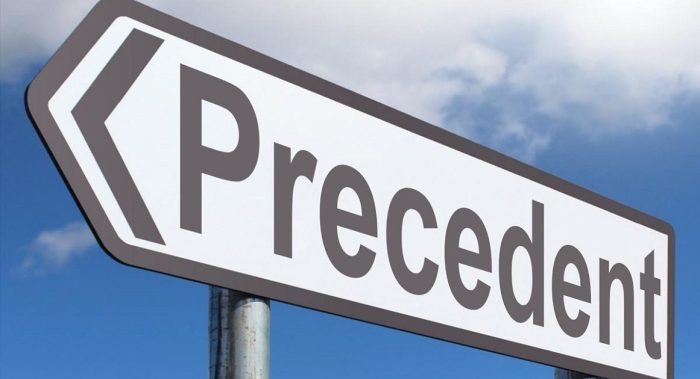
Precedent plays a crucial role in legal research, guiding lawyers, judges, and legal scholars in interpreting and applying the law. By examining past cases, researchers can gain insights into how courts have interpreted legal principles, helping them predict how future cases might be decided. This process of using precedent is essential for ensuring consistency and predictability in the legal system.
Methods for Identifying and Analyzing Relevant Precedent, What is a precedent in law
Identifying and analyzing relevant precedent is a key step in legal research. Legal professionals utilize various tools and methods to achieve this:
- Legal Databases: These databases, such as Westlaw and LexisNexis, provide access to a vast collection of legal materials, including case law, statutes, and legal articles. Researchers can use these databases to search for cases that are relevant to their legal issue, using s, case names, and other search criteria.
- Citation Indexes: Citation indexes, like Shepard’s Citations, allow researchers to trace the history of a case, identifying subsequent cases that have cited it. This helps determine if a precedent has been overruled, affirmed, or distinguished, providing valuable context for its current legal weight.
- Legal Research Guides: Law libraries and online resources offer research guides that provide step-by-step instructions on how to conduct legal research, including identifying and analyzing relevant precedent. These guides often include specific strategies for navigating legal databases, using citation indexes, and understanding the different types of legal authority.
- Legal Journals and Treatises: Legal scholars publish articles and treatises that analyze and interpret precedent, providing valuable insights into the legal issues and how courts have addressed them. Researchers can use these publications to gain a deeper understanding of the legal principles at play and how they have been applied in specific cases.
Examples of Citing and Applying Precedent in Legal Briefs and Arguments
In legal briefs and arguments, precedent is cited to support legal claims and persuade the court. The following examples illustrate how precedent is applied in legal writing:
“In the landmark case of *Brown v. Board of Education*, the Supreme Court held that separate educational facilities for black and white students were inherently unequal and violated the Fourteenth Amendment. This precedent has been consistently applied in subsequent cases, establishing the principle that racial segregation in education is unconstitutional.”
“The defendant argues that the statute of limitations has expired, citing the case of *Smith v. Jones*. However, *Smith v. Jones* is distinguishable from the present case because it involved a different type of claim. In this case, the plaintiff’s claim falls under a different legal framework, and the statute of limitations is not applicable.”
Precedent and Social Change

The concept of precedent, while grounded in the principle of consistency and predictability, is not static. It interacts dynamically with the evolving social landscape, reflecting and influencing societal values and norms. This interplay between precedent and social change is a fascinating aspect of legal systems.
The Interplay Between Precedent and Social Change
Precedent can be seen as both a reflection and a driver of societal values and norms.
- Reflecting Societal Change: As society evolves, its values and norms change, and these shifts are often reflected in judicial decisions. Precedents can be viewed as a snapshot of the prevailing societal views at the time of their creation. For instance, the landmark Supreme Court case of *Brown v. Board of Education* (1954), which declared racial segregation in public schools unconstitutional, marked a significant shift in American society’s views on racial equality. This decision reflected the growing public sentiment against segregation and the evolving understanding of civil rights.
- Driving Societal Change: Precedent can also play a proactive role in driving social change. By setting new legal standards, courts can influence societal norms and values. The *Roe v. Wade* (1973) decision, which legalized abortion nationwide, is a prime example. While controversial, this decision significantly impacted women’s reproductive rights and societal views on abortion.
Examples of Precedent and Social Change
The relationship between precedent and social change is evident in numerous historical and contemporary examples.
- Advancement of Social Change:
- The landmark case of *Obergefell v. Hodges* (2015), which legalized same-sex marriage nationwide, represents a significant victory for the LGBTQ+ community and a major step towards achieving equal rights for all. This decision reflects a growing societal acceptance of same-sex relationships and challenges traditional notions of marriage.
- The *Miranda v. Arizona* (1966) case, which established the Miranda rights, has significantly impacted criminal justice procedures. This decision ensures that individuals are aware of their constitutional rights during police interrogations, promoting fairness and due process.
- Resistance to Social Change:
- In the context of racial equality, the *Plessy v. Ferguson* (1896) decision, which upheld the “separate but equal” doctrine, served to entrench racial segregation in the United States. This decision, although later overturned by *Brown v. Board of Education*, demonstrates how precedent can be used to perpetuate existing social norms and resist change.
- The *Lochner v. New York* (1905) case, which struck down a New York law limiting working hours for bakers, exemplified the court’s resistance to labor regulations and its prioritization of individual freedom over social welfare. This decision reflected the prevailing laissez-faire economic ideology of the time and hindered the advancement of labor rights.
Summary
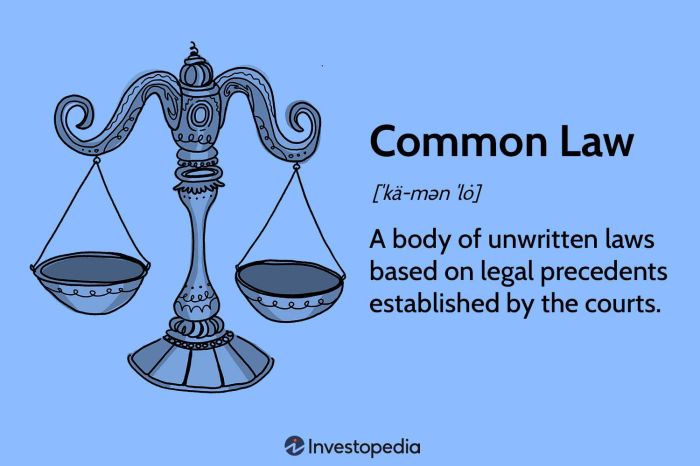
As we conclude our exploration of the fascinating world of legal precedent, it’s clear that this fundamental principle is more than just a legal technicality. It’s a living testament to the evolution of legal thought, a testament to the pursuit of justice and fairness, and a powerful tool for ensuring consistency and predictability in our legal system. The impact of precedent on legal interpretation, social change, and legal research is undeniable, demonstrating its vital role in shaping our legal landscape and guiding us towards a more just and equitable society.
Popular Questions
What is the difference between binding and persuasive precedent?
Binding precedent, also known as mandatory precedent, must be followed by lower courts within the same jurisdiction. Persuasive precedent, on the other hand, is not binding but can be considered by judges in their decision-making. Judges may choose to follow persuasive precedent if they find it to be compelling or persuasive.
Can precedent ever be overturned?
Yes, precedent can be overturned in certain circumstances. Courts may overrule precedent if they believe that the previous ruling was incorrect, outdated, or no longer serves the interests of justice. Overturning precedent is a rare occurrence and requires careful consideration by the courts.
How does precedent relate to the concept of “justice”?
Precedent is a fundamental aspect of ensuring fairness and justice in the legal system. By applying precedent, courts strive to treat similar cases in a similar manner, reducing the possibility of arbitrary or inconsistent decisions. This promotes predictability and ensures that individuals are treated equally under the law.
